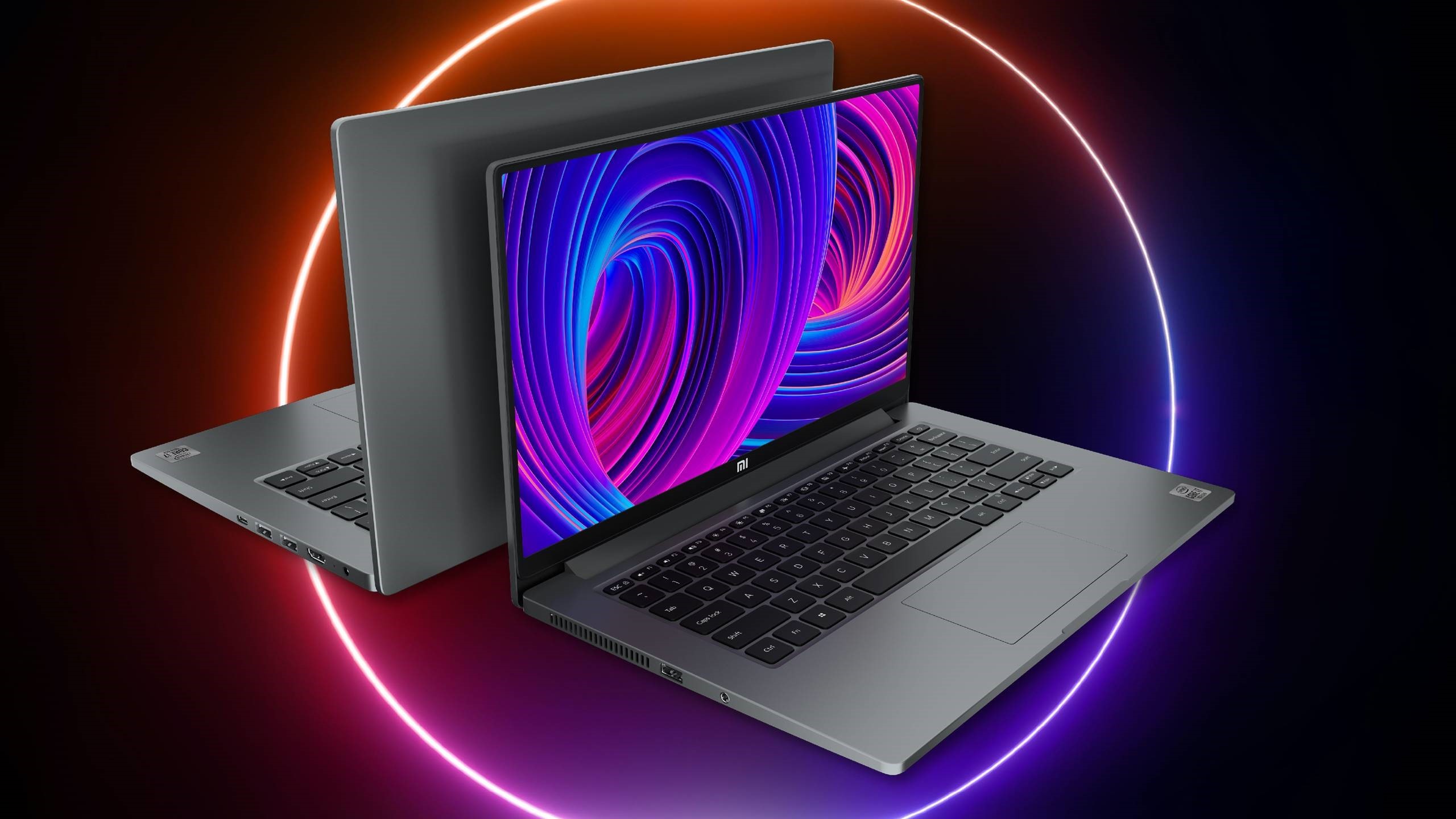
Last week, Xiaomi debuted its new laptops in India. Both the Mi NoteBook and Mi NoteBook Horizon Edition offer thin and light laptops with a pretty good specifications sheet.
One of the highlights of the Mi NoteBook is what the company calls ‘Horizon Display’. It refers to the thin 3mm bezels on three sides with an impressive 91 percent screen-to-body ratio. The (almost) edge-to-edge display looks great and also allows Xiaomi to pack in a 14-inch display in the chassis typical of a 13.3-inch laptop.
The thin bezels mean that the laptop doesn't have an integrated webcam which is awkward in these times of remote working and online learning. A Xiaomi spokesperson said that since a lot of users will need a webcam for work-from-home or learn-from-home scenarios, the company is bundling a detachable and free USB HD webcam.
Did Xiaomi mess this up?
We’ve seen slim bezels before
In the last few years, a few other brands too have attempted bezel-less display on their flagship laptops – with awkward workarounds.

Huawei introduced FullView Display, and to achieve it, the company planted a webcam under a key in the top row of the keyboard on MateBook X Pro (and Honor Magic Book 14) which on being pressed, popped up to reveal the camera. Dell introduced InfinityEdge Display a couple of years ago, and on Dell XPS 13, the camera was placed at the bottom of the screen.
These were awkward placements and the camera angle made for a poor experience on video calls. It became even worse if you got on a call with people around you, while standing to present something, or not sitting on a desk.
Even when Dell took the step, the company knew it was a temporary switch. The original strategy of the InfinityEdge Display was to have the screen stretch from left to right with a normal-sized bezel at the top with a plan to make the top bezel disappear when it was feasible. At the time in 2018, a Dell executive had shared that a standard webcam was around 6mm while the bezels on the XPS 13 at the time were 4mm. The idea was to put the camera back up on the top once it got down to around 2mm.

And that’s what happened. As the camera unit became smaller – thanks to ever-evolving innovation in the space because of smartphones – Dell came around and now has the webcam on top of the display with the thinnest bezels around.
Xiaomi went a step further
Xiaomi is not the first one to drop the webcam from their laptops in recent times. Earlier this year, ASUS launched its gaming laptop Zephyrus G14 with no webcam. The company probably assumed that gamers and streamers prefer better, external cameras anyway and wouldn’t miss the built-in webcam.
But the Mi NoteBook is a general-purpose laptop for both professionals and students. And the world has changed in the last few months.
The pandemic has mandated people across the world to work or attend school from home while being on video calls more than once in a typical day. Not just that, even a lot of social gatherings and professional performances now happen online and your participation is via that tiny dot on your laptop.
The external camera is an inelegant solution. While it's all good for long hours on the desk, that random call while you’re casually surfing the web on your couch can’t happen unless you go and look for that camera. It’s also not like a keyboard/mouse dongle that you can leave plugged in for the most part of the day. Because the camera mounts on top of the lid, you can’t close the lid unless the camera is removed.
The lack of a built-in camera means that there is no IR camera for Windows Hello facial recognition, although one can excuse that miss since Mi NoteBook is a middle-of-the-road laptop and many other laptops in its price range also do not support Windows Hello.
And of course, once the world is normal again, it will be another accessory you’d have to remember to carry when you head out of the home or office. Those minimal laptop sleeves won’t suffice as well.
Summary

The baffling decision to ditch the webcam might just be going a little too far. There is a surge in demand for laptops in the market and a lot of it is driven by the new normal where video conferencing is a given.
Granted Xiaomi may have frozen on the design and specifications a few months ago not anticipating this new normal. At the launch, Manu Jain, Vice President at Xiaomi and Xiaomi India head, did mention that the company had been working for quite a while – from early 2019 – to bring the Mi NoteBook to India.
The Mi NoteBook has a lot going for it, and because it is priced quite well, Xiaomi has a solid option on the table. And maybe, if frequent video calls are not your thing, you can judge the laptop without considering the camera. For an occasional call, the bundled Mi HD Webcam is just fine.
Would you buy a laptop without an integrated webcam? Let me know in the comments!

















15 Comments - Add comment